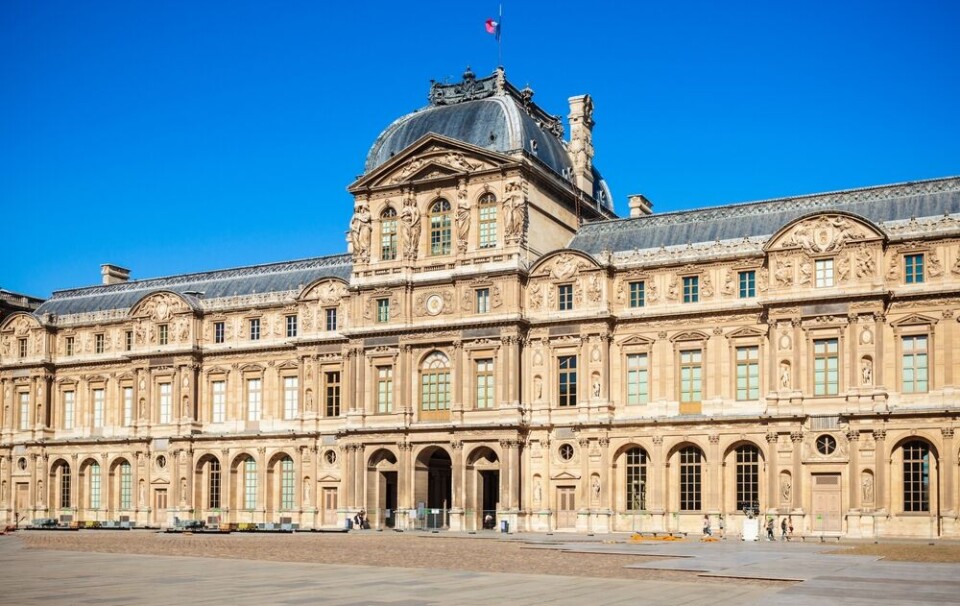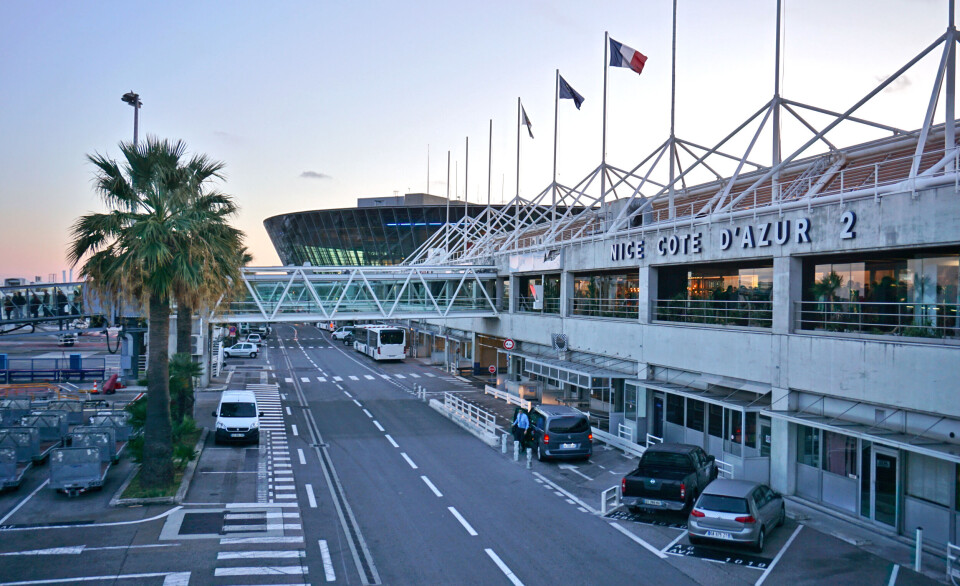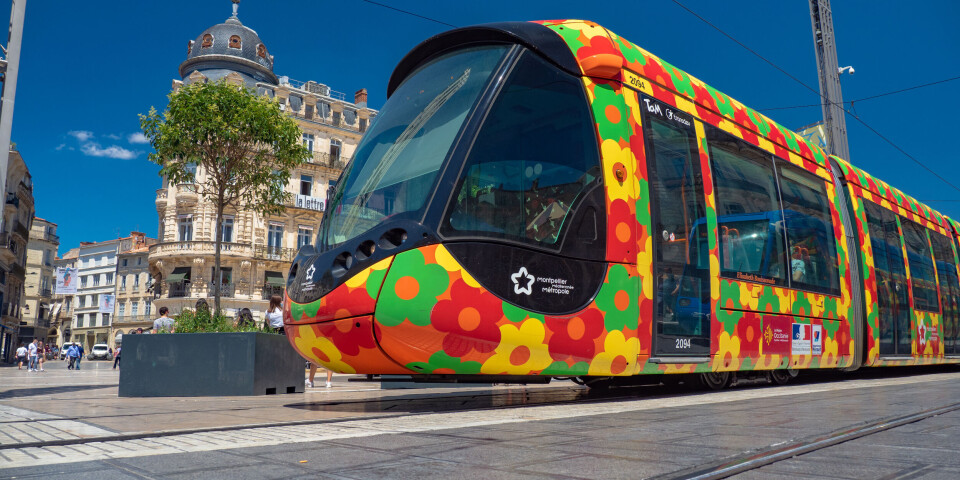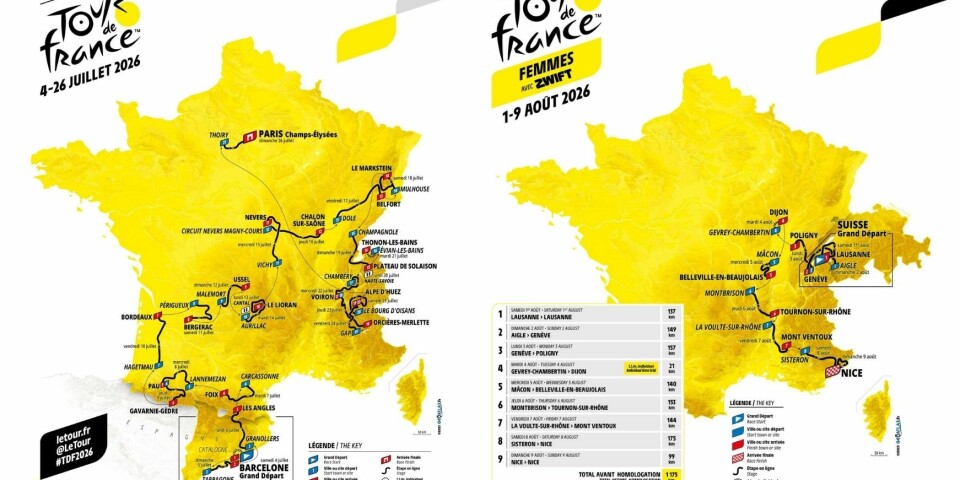-
Sabotage on rail lines in France: many TGVs to south-east cancelled
Separate fires on high-speed line near Lyon has crippled services
-
Britons ordered to leave France over bad first year of work lose court appeal
Order was upheld despite their Dordogne gîte business now doing better. They say they have ‘absolutely nothing to go back to in the UK’.
-
Carpenter who helped rebuild Notre-Dame Cathedral allowed to marry there
Special permission was granted as private weddings are not normally permitted at the Paris landmark
How does France's lockdown compare in Europe?
We compare measures in the UK, France, Germany, and Italy

Countries around Europe are now once again under various forms of lockdown in order to stem the spread of Covid-19.
In France, which began a second national lockdown on October 30, some politicians and doctors have called for stricter measures.
The mayor of Nice, Christian Estrosi, said, “we are clearly in a ‘semi-confinement’, people continue to walk around in public spaces while it is here that the virus circulates. The explosion of COVID-19, the addition of the other seasonal COVIDs and the flu are likely to make the situation worse,” he wrote on Twitter on November 4.
“If the incidence and occupancy rates of intensive care unit beds do not fall within the next eight days, I recommend a stricter confinement in order to give the economic recovery a chance in December and for the festive season.”
Professor Djillali Annane, head of the intensive care unit at Raymond Poincaré de Garches hospital just outside Paris, told FranceInfo, “we are wasting this lockdown”.
She called for all non-essential businesses to be closed, as well as high schools.
France’s lockdown
France’s lockdown was introduced on October 30 and is set to last until at least December 1, although it may be extended if the number of daily coronavirus cases does not drop below 5,000 in that time.
People are only supposed to leave their homes to go to work (if they cannot work from home), to do essential shopping, exercise for up to one hour per day, or seek emergency help.
They are also required to carry an exemption certificate (attestation de décplacement) for every outing. This rule is unique to France.
All non-essential shops are closed, including hairdressers. Social gatherings are prohibited.
However, creches, nurseries, primary schools and high schools are still open.
Building projects are also allowed to continue.
People are being asked to work from home if possible.
England’s lockdown
England entered a national lockdown on November 5 that is set to remain in place until at least December 2.
Non-essential shops, hairdressers, bars and restaurants (except for takeaway) and leisure and sport facilities are all closed.
Social gatherings are limited, although people are allowed to meet outside with others in their support bubble or with one other person.
Schools are open, and, unlike in France, so are universities.
Places of worship are open.
Germany’s lockdown
Germany entered a partial lockdown on November 2. It means the closure of cinemas, theatres, gyms, pools, as well as restaurants and bars (except for takeaways).
People are limited to interacting with just one other household and a maximum of 10 people.
Schools and day care centres are open, as are shops and hairdressers (with additional rules such as social distancing measures and a ban on queues). Places of worship are also open.
The measures will remain in place until November 30.
Wales’ lockdown
Wales introduced a so-called “firebreak lockdown” on October 23, set to last until November 9.
It means that people must stay home, except for limited purposes such as shopping or healthcare reasons.
Most non-essential businesses, including bars and restaurants are closed.
Secondary school learning is being done online, while primary schools and childcare centres remain open.
On November 9, Wales will relax many of the rules, with bars and restaurants and other businesses allowed to reopen. However, social distancing rules will still be in place.
Republic of Ireland’s lockdown
Ireland entered a form of lockdown on October 22 that is set to last six weeks and will be reviewed after four.
People are being asked to stay at home except for essential reasons. No social gatherings are allowed at homes or in gardens, but people can meet outdoors with one other household.
People are also allowed to go out for exercise within a five kilometre radius of their home. This is more lenient than in France, where the distance is set at one kilometre, for up to one hour.
Many non-essential shops are closed, are are bars and restaurants (except for takeaway).
Creches and schools are still open, and construction work is ongoing.
Italy’s lockdown
Four regions, Lombardy, Piedmont, Valle d’Aosta and Calabria are under a red zone lockdown in Italy.
With very few exceptions, no one will be able to leave or enter the “red zone” regions.
This is similar to France, where regional travel is prohibited.
People in Italy’s red zones must stay home, except to go to work or shop for essentials. They can also exercise near their homes while wearing masks.
Non-essential shops, bars, restaurants and hairdressers are closed in these regions.
Schools across Italy will remain open but older students will have to do remote learning.
There is now a maximum 50% capacity on public transport around the country too.
Read more about France's lockdown:
France Lockdown: Your FAQs on Covid-19 confinement rules
























